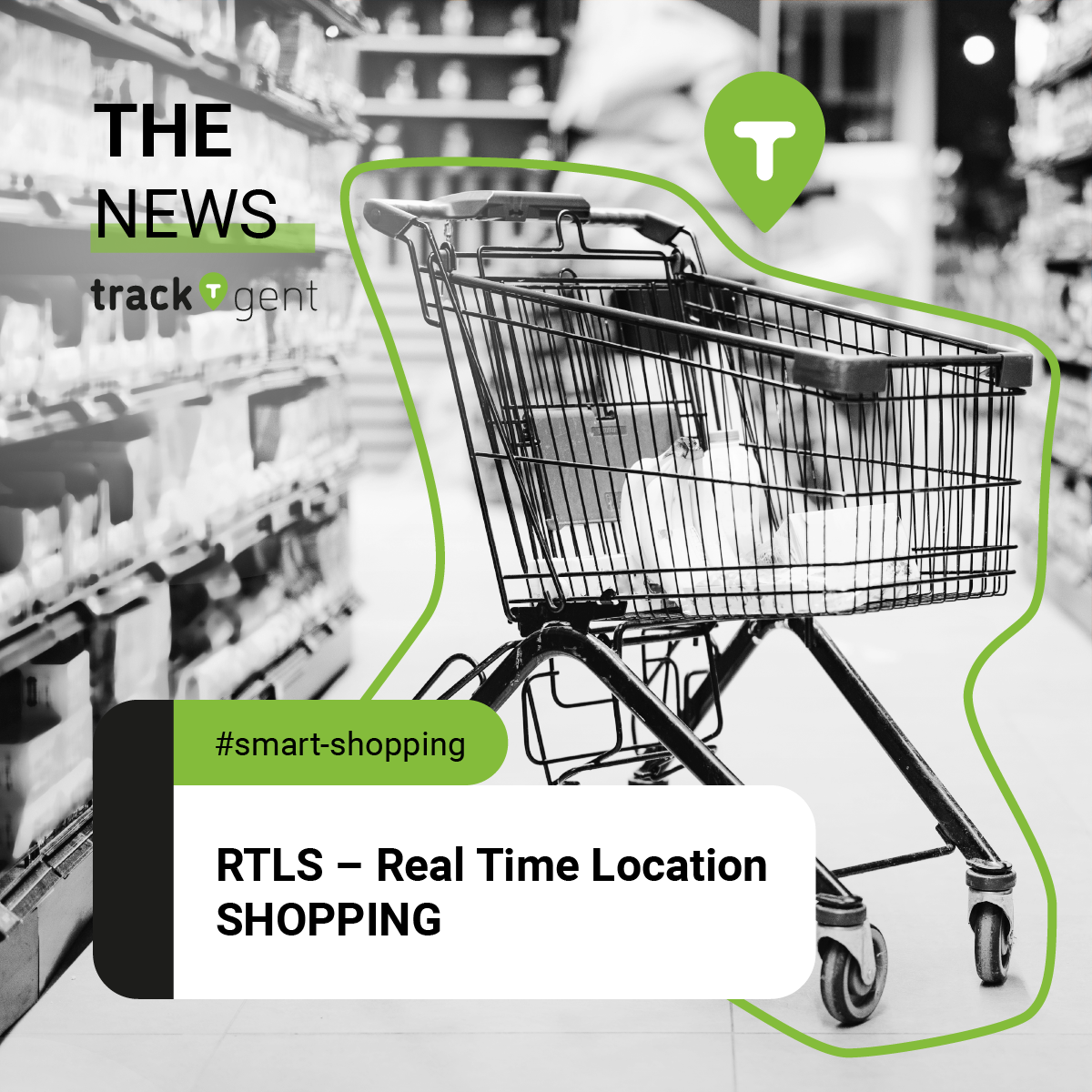UWB (TWR-ToF/TDoA), BLE, RFID, Wi-Fi comparison.
Phew, try saying that a couple of times…
First, let’s unravel the aforementioned acronyms.
- RTLS: Real Time Location Systems
- UWB: Ultra-wideband
- BLE: Bluetooth Low Energy
- RFID: Radio-frequency identification
- Wi-Fi: IEEE 802.11x standards

TWR – Two-Way Ranging (Time of Flight) and TDoA (Time Difference of Arrival) are also mentioned in the title, but we will get to those shortly.
RFID was the first method used by military and government agencies in late 1990s. Since then, the technology has, of course, been optimized, offering the cheapest trackers, but still leveraged by the high infrastructure cost. Passive RFID tags’ signals can be picked up by nearby receivers in their radius and active RFID tags offer around 3m accuracy within the range of minimum 3 receivers.
Wi-Fi and BLE are still utilized as RTLS systems thanks to their ever-presence. One BLE or Wi-Fi beacon offers a radius-type location and adding two more allows for triangulation of the assets. Unfortunately, this is a double-edged sword – omnipresence of other Wi-Fi and Bluetooth devices can severely impact the communication protocol and loose data. Furthermore, due to actual technical limitations (although BLE 5.1 now offers a new acronym – AoA – Angle of Arrival that is going to optimize the calculations), these solutions offer up to 1m accuracy with a rarer-than-UWB update rate.
Speaking of – UWB (Ultra-wideband) at its base, offers up to 10cm accuracy with frequent position update (even 10 times per second!). That is the definite winner in terms of accuracy and real-time update of the information. While the technology is relatively new (with the market opening for UWB RTLS only a couple of years ago), one of the Apple products, the AirTag, is already being presented as the messiah of new generation for radio protocols.

We, at Trackgent, focus on UWB solutions, and there are two methods we utilize:
- Two-Way Ranging (TWR): Tags actively send signals to nearby Anchors and calculate their own position based on the response times (Time of Flight). It allows up to 150 Tags to update their position once per second with only 4 Anchors.
- Time Difference of Arrival (TDoA): Tags act as beacons, announcing their position by sending signals to Anchors. The server calculates their position based on the time difference of signal arrival, leading to extended battery life of 2-6 years.
Check out the table below for a quick comparison of the features:
| Method | Precision | Infrastructure Cost | Tag Cost |
|---|---|---|---|
| RFID | ~3m | High | Low |
| Wi-Fi | ~1m | High | High |
| BLE | ~1m | Moderate | Low |
| BLE 5.1 | ~0.5m | High | Low |
| UWB TWR | ~0.2m | Moderate | Moderate |
| UWB TDoA | ~0.2m | Moderate | Moderate |
Still conflicted? Contact us and find out why Trackgent can be the most beneficial solution for you!


